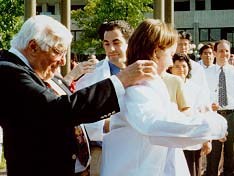
Based on our experience and suggestions from schools over the years, we recommend the following timeline for planning your White Coat Ceremony:

Based on our experience and suggestions from schools over the years, we recommend the following timeline for planning your White Coat Ceremony: